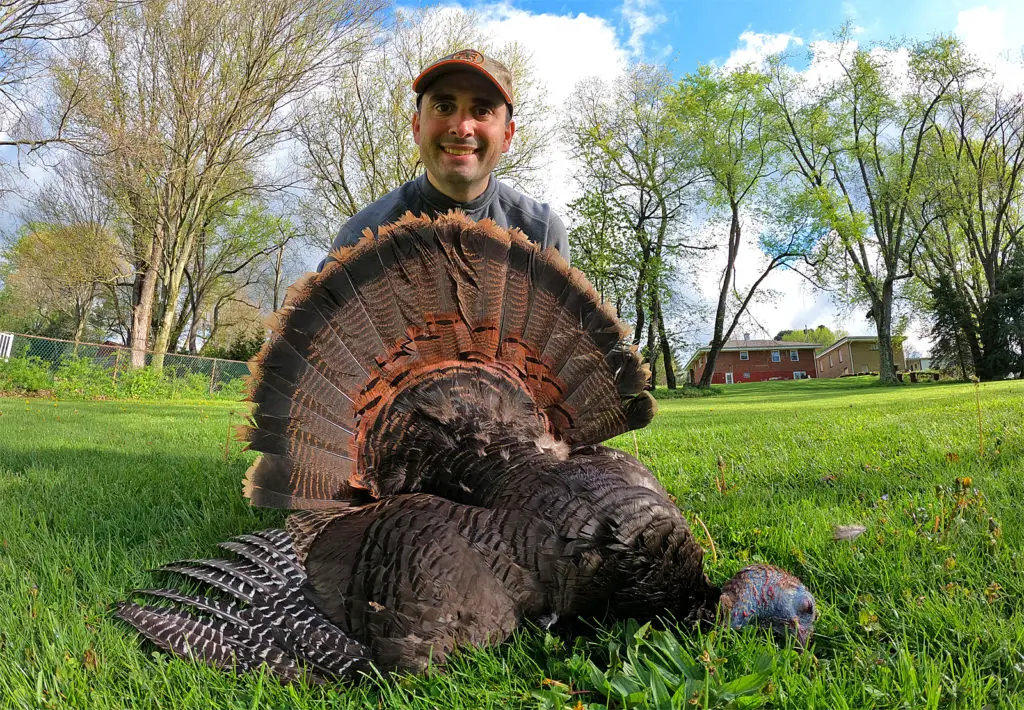Logging roads can present a great opportunity for hunting turkeys but there are some significant problems that you must address first in order to be effective. If you use the right tactics, you can hunt very effectively on logging or gas line roads. On this episode I get into the nitty gritty details of this unique type of turkey hunting. Tetra Hearing Free 2-Year Service Plan. Just add this Service Plan to your cart and use this code at checkout: NEWHUNTERSGUIDE
Most turkey hunters use logging roads or gas line roads, but few successfully hunt turkeys on them. It is hard to setup on the road itself since a hunter easily stands out and it is hard to ambush a logging road because the hunter is also easily spotted or may end up too close for an effective shot if they escape detection. So, you need some unique tactics that are honed to this exact type of hunting.
I have found that turkeys often use these roads or paths through thick woods because it makes travel easier, just like it does for hunters. Turkeys also may forage for greens or bugs when the roads are covered in grass or look for pebbles to swallow on roads that are covered in gravel. Sometimes ruts in the roads also become puddles in the spring giving turkeys one more attraction as they may come to drink. So, these roads make very natural travel routes for birds to use regularly.
If you want to hunt these logging roads, you need to get back off the road a good distance into the woods. Perhaps going back 25-30 yards will put you far enough back to not be spotted by birds and make sure you are far enough to allow your shotgun pattern to open up enough to score an ideal hit.
You may want to place a decoy on the side of the trail or just wait for the birds to come walking along and take the shot once they reach ideal range. Contrary to popular opinion and TV shows, 10-15 yards is not ideal range to shoot a turkey. You want more distance to obtain maximum pattern efficiency. If the turkey is walking the road, they will likely walk right past your spot, so the decoy is not really needed and may even cause turkeys to get hung up, but it can be used.
Another effective way to hunt these logging roads is to setup a ground blind just off of a sharp bend in the road, this can enable you to hunt both directions of the road at once and if the ground blind is setup in advance, it is unlikely that the turkeys will notice it because they will become used to it being there over the weeks and months prior to your hunt. This can be a very effective way to hunt. You may desire to setup a decoy on the edge of the logging road, which may be helpful but again be careful that the turkey does not get too close before taking a shot.
Listen to this whole podcast episode to hear the whole story!

